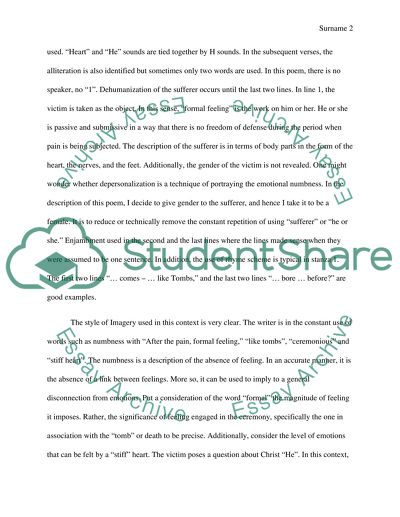Cite this document
(After Great Pain By Emily Dickinson Book Report/Review - 4, n.d.)
After Great Pain By Emily Dickinson Book Report/Review - 4. Retrieved from https://studentshare.org/literature/1693950-close-reading-a-poem-and-thesis-driven-essay
After Great Pain By Emily Dickinson Book Report/Review - 4. Retrieved from https://studentshare.org/literature/1693950-close-reading-a-poem-and-thesis-driven-essay
(After Great Pain By Emily Dickinson Book Report/Review - 4)
After Great Pain By Emily Dickinson Book Report/Review - 4. https://studentshare.org/literature/1693950-close-reading-a-poem-and-thesis-driven-essay.
After Great Pain By Emily Dickinson Book Report/Review - 4. https://studentshare.org/literature/1693950-close-reading-a-poem-and-thesis-driven-essay.
“After Great Pain By Emily Dickinson Book Report/Review - 4”, n.d. https://studentshare.org/literature/1693950-close-reading-a-poem-and-thesis-driven-essay.


